Thanks to SUV mania spreading the world over, we’re in the midst of testing seemingly millions of them. No matter the manufacturer, SUVs are flying no matter what the size, and while the mid-size SUV segment is very well established locally, we think that small SUVs are more interesting. We recently tested the new Peugeot 2008 GT Sport and came out quite impressed with everything, but its pricing – at around $50,000 drive away, it’s just too expensive. Peugeot launched a much less expensive Allure version and we decided to test it against our favourite small SUV, the Skoda Kamiq. So which is best, the 2021 Peugeot 2008 Allure or the 2021 Skoda Kamiq 85TSI?
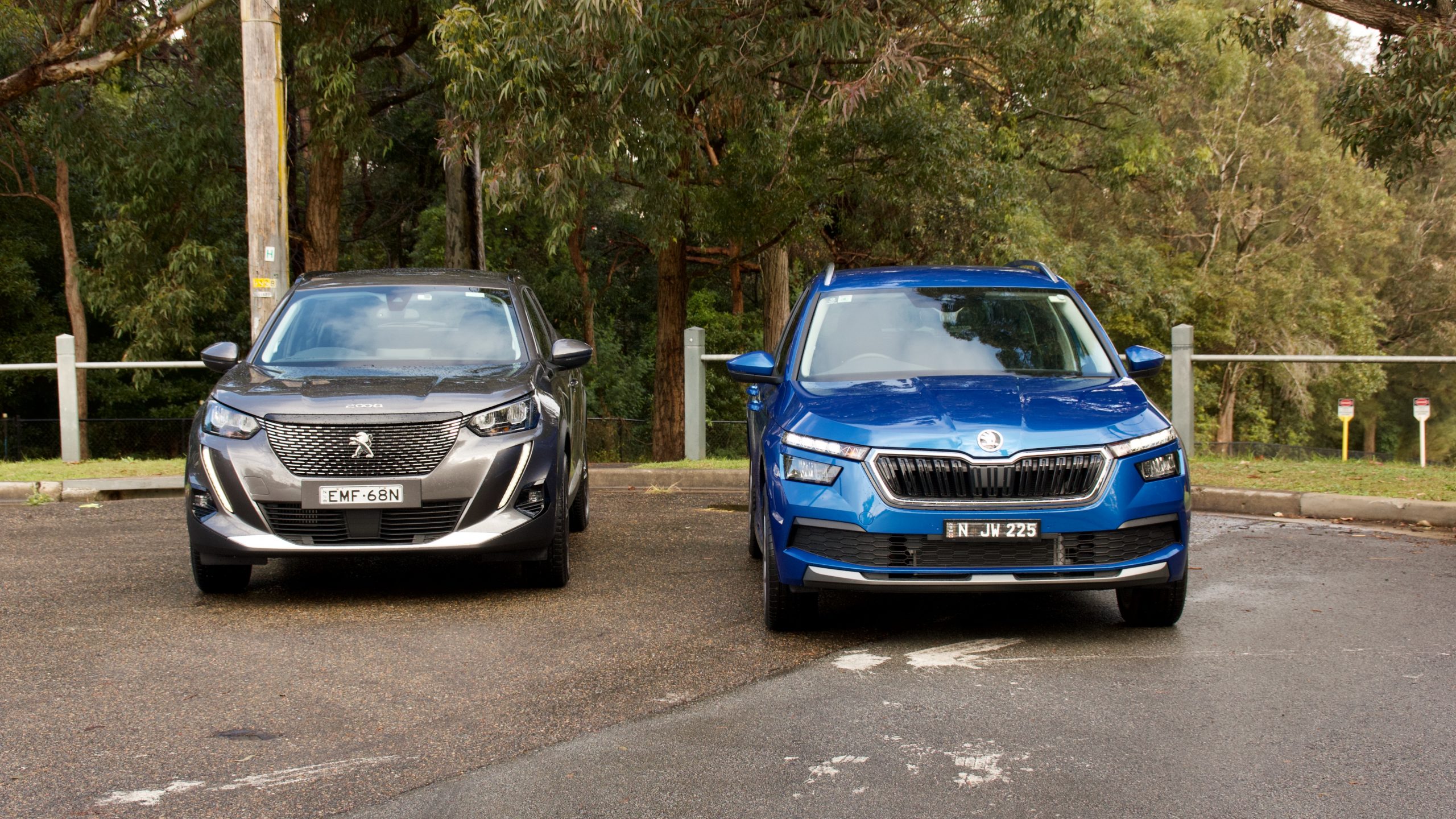
Priced from $28,990 drive away (the auto is $2,000 more), the entry-level Skoda Kamiq is one of our favourite small SUVs because it offers a wide range of talents, including excellent practicality in a class that tends to forget about that. This entry-level 85TSI is actually unavailable for the next six months due to a parts shortage, but it’ll be back in early 2022 relatively unchanged. The base model 2008 starts at $34,990 plus on-road costs ($38,990 drive away in NSW), which is a lot less than the top-spec GT Sport. Unlike the Skoda, the Peugeot is priced higher in Australia than it is in Europe, so is it worth the extra money? Let’s find out.
Price & Specs:
From the outset, there’s a $8,000 price difference between the automatic variants of both cars, which is pretty large – in fact, you could have a top-spec Kamiq Signature with its larger 1.5-litre engine, leather upholstery and full safety suite for the same price as the 2021 Peugeot 2008 Allure.
Features common to both cars includes LED front and rear lighting, auto lights and wipers, touchscreens with wired Apple CarPlay and Android Auto, digital driver’s displays, climate control, push button start, roof rails, heated and auto-folding mirrors, multiple USB ports, leather steering wheels and gear knobs (plus the hand brake on the Skoda since it’s manual, not electric), a rear fog light and automatic electric windows.
Safety kit includes a plethora of airbags, auto emergency braking (AEB) with pedestrian monitoring, lane keep assist, a reversing camera, rear parking sensors, driver fatigue monitoring and tyre pressure monitoring. Neither car features blind-spot monitoring with rear cross-traffic alert, lane trace assist, intersection assist for the auto braking system, front cross-traffic alert, front parking sensors, automatic parking and auto high beam. Most of those features are available on higher-spec versions of both cars, or with the optional Driver Support Pack ticked on the Skoda.
But from here, the Skoda’s value equation really is so much sharper than the Peugeot’s. Despite being a lot cheaper, it’s also much better equipped. Equipment additions for the Skoda over the Peugeot include a larger 8.0-inch touchscreen (versus 7-inches), 18-inch wheels, keyless entry and start, another zone to the climate control (dual versus single), a wireless phone charger, rear face level air vents, an electric tailgate, various hooks in the boot, adaptive cruise control with stop and go functionality, two extra speakers (eight versus six), rear automatic braking, lumbar adjustment for the front seats, floor mats and LED ambient lighting.
What does the 2021 Peugeot 2008 Allure add over the 2021 Skoda Kamiq 85TSI? An electric parking brake, speed sign recognition, a dual-level boot floor, digital radio, rear daytime running lights and adaptive front fog lights.
Optional on the Skoda is the $4,100 Driver Support Pack that adds blind-spot monitoring with rear cross-traffic alert, auto parking, front parking sensors, adaptive lane guidance, half leather/suede upholstery, an electric driver’s seat and heated front and rear seats. A further $3,800 spent on the Tech Pack adds a larger 9.2-inch screen with inbuilt nav, a more powerful sound system, front fog lights, cornering lights, scrolling front indicators, wireless Apple CarPlay and voice control. We wouldn’t bother doing that as $38,990 buys the Kamiq Signature, which adds all of that kit, as well as a larger 110kW/250Nm 1.5-litre turbo petrol engine.
A $1,300 panoramic roof is also available, and metallic paint ranges from $550 to $1,100. Standard colours include ‘Candy White’, while ‘Race Blue’ (on our test car), ‘Brilliant Silver’, ‘Quartz Grey’, ‘Black Magic’ and ‘Moon White’ are $550 – ‘Velvet Red’ is $1,100.
Colours on the 2021 Peugeot 2008 Allure include the no-cost ‘Bianca White’, as well as $690 ‘Onyx Black’, ‘Artense Grey’, ‘Platinum Grey’ and $1,050 ‘Vertigo Blue’ and ‘Elixir Red’.
The Skoda Kamiq takes an early lead with a big increase in overall value for money.
Performance & Economy:
As well as the increase in SUV availability, another thing to note with modern cars is just how many more three-cylinder petrol engines are available in Australia. As is expected, both of these cars are equipped with one – the Peugeot’s is slightly larger at 1.2-litres (versus the Skoda’s 1.0L engine) and it offers more performance at 96kW and 230Nm. The Skoda’s 85kW/200Nm is less, but the Skoda feels almost as quick thanks to weighing 13kg less and offering up one more ratio (seven versus six ratios in their autos).
Both engines are wonderful, and prove that you don’t need an underpowered naturally aspirated four-cylinder engine, like in the Hyundai Kona or Kia Seltos, for example. They’re not quick – the 2008 hits 100km/h in 9.3 seconds and the Kamiq in 10 seconds flat – but in the real world, they offer more than enough low-end grunt. Both car’s peak torque figures hit at under 2,000rpm, which aids economy, drivability and refinement. Rev them out and the Peugeot’s engine is louder, though it provides more performance – 96kW versus 85kW in the Skoda.
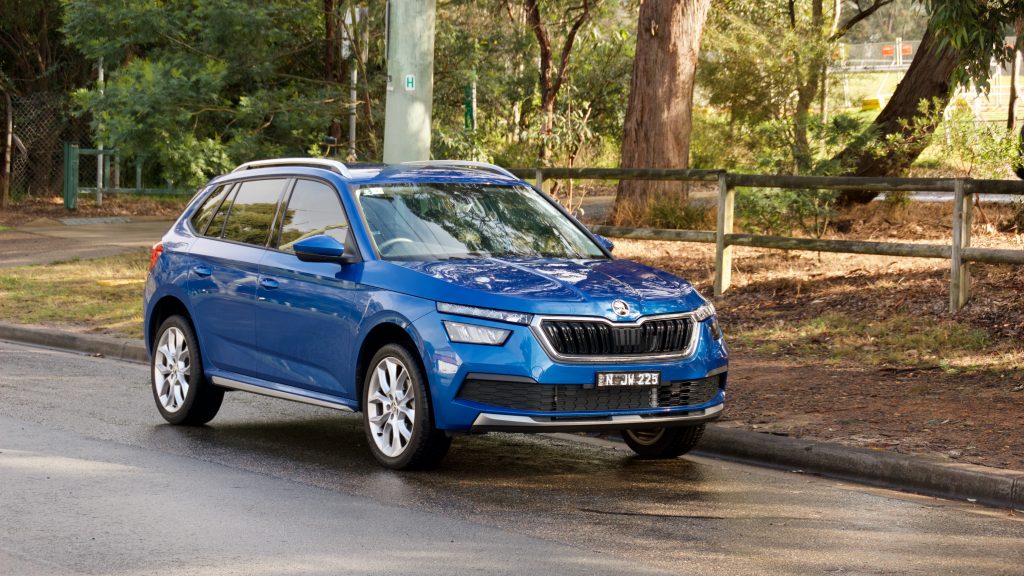
The six-speed torque converter auto in the 2021 Peugeot 2008 Allure is a totally fine and intuitive transmission that makes the most of the Pug’s torque – though it’s annoying that you have to step up to the top-spec GT Sport to get the newer eight-speed auto with both stop start and adaptive cruise control. The Skoda’s DSG dual-clutch auto is clumsy at low speeds in the typical dual-clutch fashion, but once you’re up and running, it’s quick and decisive.
Our Kamiq test car was fitted with the six-speed manual transmission that is priced $2,000 lower than the auto – it’s a smooth unit that continues the existence of manuals in a segment where there are very few of them.
The Skoda in particular is capable of pretty great fuel economy too. The company claims just 5.0L/100km on a combined cycle, whereas the Peugeot’s claim is 1.5L more at 6.5L/100km. We achieved 6.2L/100km combined in the Skoda and 7.5L/100km in the Peugeot, so the difference in economy on paper is fairly realistic in the real world. Both cars need premium unleaded fuel, and the Peugeot’s smaller 44-litre fuel tank allows for less range than the Skoda’s 50L tank. It’s the difference in fuel economy – but barely in performance – that gives the Skoda the win for performance.
Ride & Handling:
As with a lot of other small SUVs, both the 2008 and Kamiq are based on the platforms utilised by light car siblings, in this case the Peugeot 208 (not yet offered in Australia) and the Skoda Fabia, which is due in an all-new generation locally in the next six months. Both platforms are scalable and underpin a number of products across different brands – PSA learnt that from the VW Group – to much success as both are excellent underpinnings.
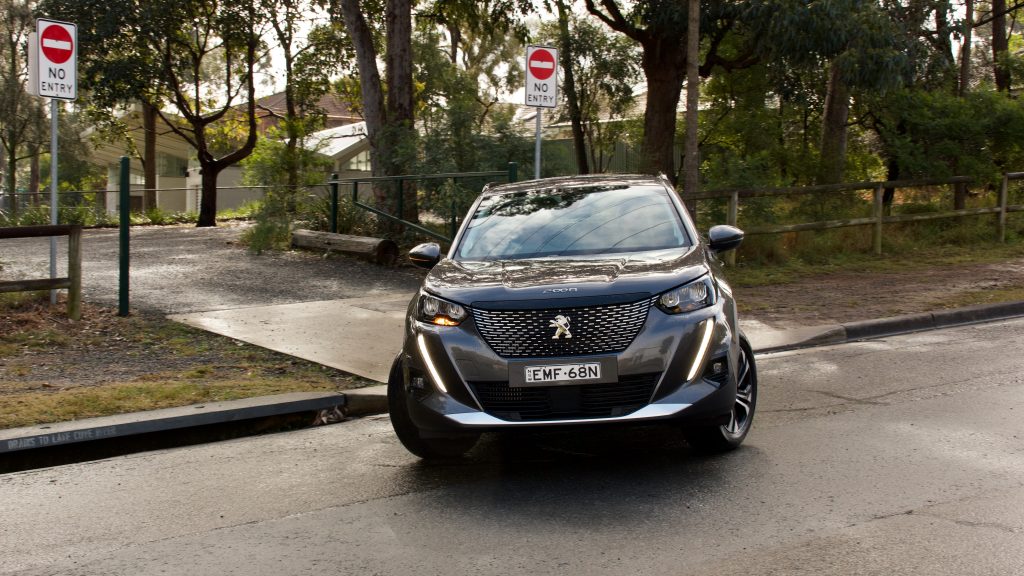
Both use identical set ups – they’re both front-wheel drive with independent front and torsion beam rear passive suspension and rack and pinion steering – and they’re both set up in a similar way with comfort as the main preference, though they can both be fun behind the wheel. As we said when we first tested the Kamiq, its ride quality is excellent. It’s soft, supple and well judged – and that’s despite featuring large 18-inch wheels as standard. Its body control is great, and while it’s not as dynamic as a Ford Puma, it’s a better all-rounder for most people.
The Peugeot achieves a similar dynamic balance to the Skoda. Perhaps due to its tiny steering wheel or smaller wheels, the Peugeot feels slightly lighter on its feet – that’s despite it weighing 13kg more at 1,224kg. Its steering is slightly more feelsome too, though the Skoda’s visibility is better thanks to larger windows. The Skoda’s road noise levels are definitely lower than the Pug’s as well, though not by much. But regardless of the badge chosen, both these Euro small SUVs are more than satisfying behind the wheel and that’s in town, in the country, on motorways, wherever.
So who wins? Both the Skoda Kamiq and Peugeot 2008 are so evenly matched in this department that picking an obvious winner is impossible. A draw then, for these very well sorted SUVs.
Interior & Practicality:
Like the driving dynamics, the Peugeot and Skoda’s cabins hit similarly high notes, though for different reasons. The Peugeot’s is sharp to look at and racy in its layout, while the Skoda’s is more traditional, but it’s better quality. Importantly, both cars’ interiors are loaded with tech that’s expected of cars of this type, including digital driver’s displays, centre touchscreens with smartphone mirroring, lots of USB ports and more than enough practicality for an SUV.
The Peugeot’s cabin design is definitely more passionate and fun than the Skoda’s stylish but conservative effort with piano black everywhere, tasteful faux leather and cloth trim with aqua green stitching and the sporty small steering wheel that appears to have just come from a go-kart. The Skoda’s cabin is more normal than the Peugeot’s, but it’s much more ergonomic with separate climate controls away from the screen and much easier screens to use. But both cabins are great quality with liberal use of soft touch materials, stitching, ambient lighting and even high quality cloth seats that give all-day comfort.
Centre of both cabins are the touchscreen infotainment systems – the Skoda’s measures 8.0-inches to the Peugeot’s 7.0-inches, but both cars offer much larger screens higher up the range. They offer similar functionality with no satellite navigation and only the Peugeot features digital radio, but wired Apple CarPlay and Android Auto are standard on both cars. The Skoda’s system is definitely easier to use than the Peugeot as well, while its screen quality is better too – that’s seen best when using the reversing camera as the Peugeot’s is pretty poor.
In terms of practicality, the Skoda is superior to the Peugeot but surprisingly for a French car, not by much. Both feature reasonable front cup holders, door pockets and small centre arm rest storage options, but the Peugeot’s typically-French tiny glovebox is tiny in comparison, and the Skoda’s large under-dashboard tray also doubles as a wireless phone charger. The Skoda also has a secret storage space to the right of the driver’s knee.
Rear seat space in the Skoda is superior to the Peugeot, though not by that much. Rear seat occupants will be more comfortably in the Skoda thanks to its better shaped seats, more room in every direction and rear vents though the Peugeot is still comfortable and has rear USB ports like the Skoda. Neither has an arm rest though, and the Peugeot’s windows are much smaller than the airy Kamiq’s.
The Peugeot is larger in sizing and its 434-litre boot is larger than the Skoda’s 400L space too. Fold the seats down and the Peugeot offers 1,434L and the Skoda 1,395L – the Peugeot has a dual-level boot floor that allows for a flat floor when its seats are folded, though the Skoda has a number of hooks, tie down points, a dual-sided boot floor and even an electric tailgate. Both cars feature space-saver spare wheels.
The Skoda comes through with a definite win here against the Peugeot, it’s roomier and also beautifully built. A worthy win for a cracking interior.
Service & Warranty:
Both the Skoda and Peugeot offer five-year/unlimited km warranties, and whereas the Peugeot offers five years of roadside assistance, the Skoda only offers one. Service intervals are the same for both cars with service requirements at once yearly or every 15,000km, whichever comes first.
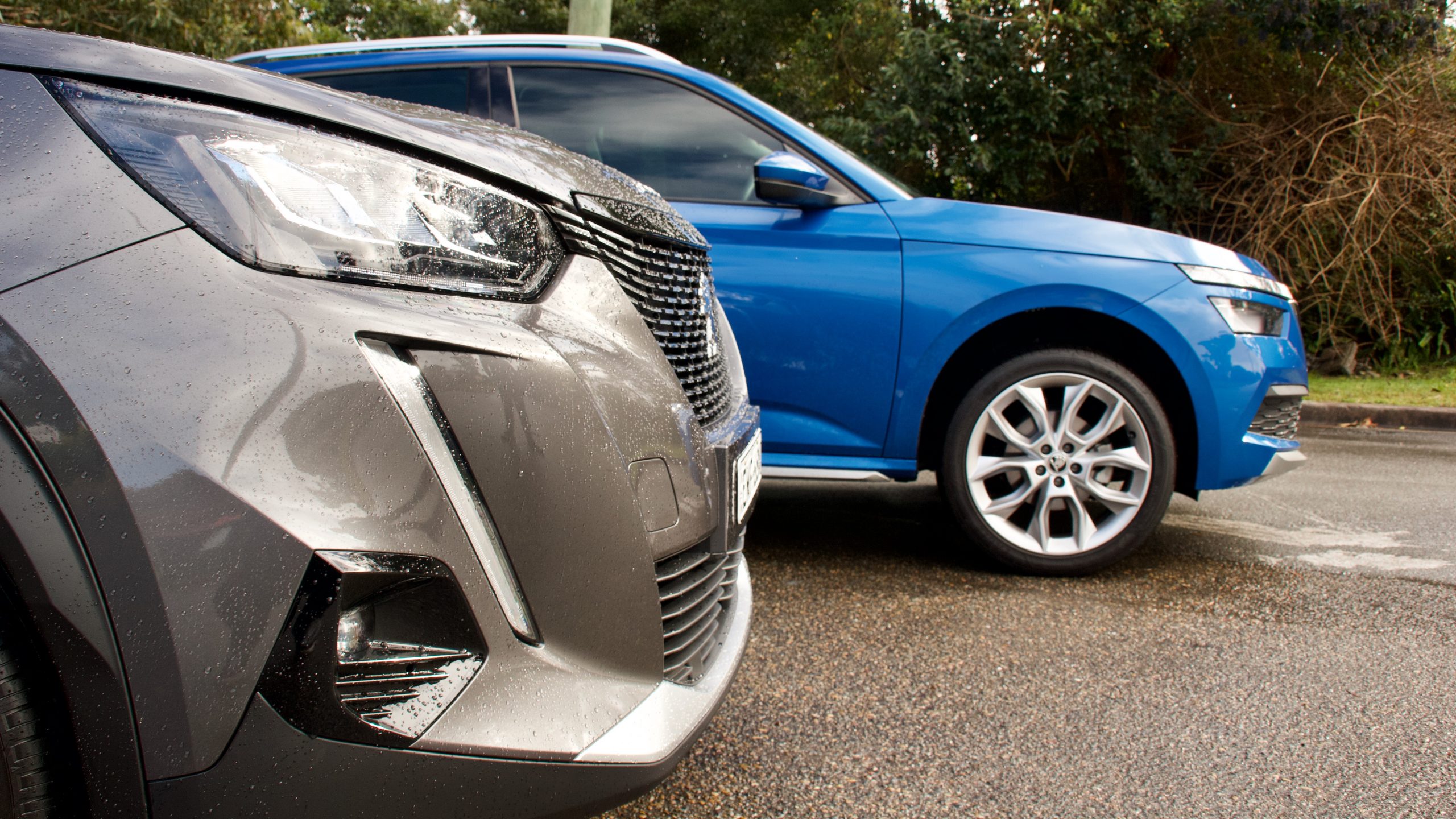
Servicing the Peugeot for five years/75,000km costs $2,235 ($447 per service). Service costs for the Kamiq over five years add up to slightly less expensive $2,198 ($439 per service), though buyers can choose a five-year service pack at the time of purchase for $1,400 ($280 per service), which also includes five years of roadside assistance. That’s something we’d very much do.
2021 Peugeot 2008 Allure or 2021 Skoda Kamiq 85TSI?
Both the Skoda and Peugeot brands have undergone massive improvements in quality, design, dynamics and ownership experience over the past decade to the point where they’re both some of our favourite car brands capable of offering both a more interesting and higher-quality product to the established European car set – Volkswagen, we’re looking at you. And while their larger products are great, we think these brands are represented best by the 2008 and Kamiq thanks to their strong depth of talent and their strong level of engineering.
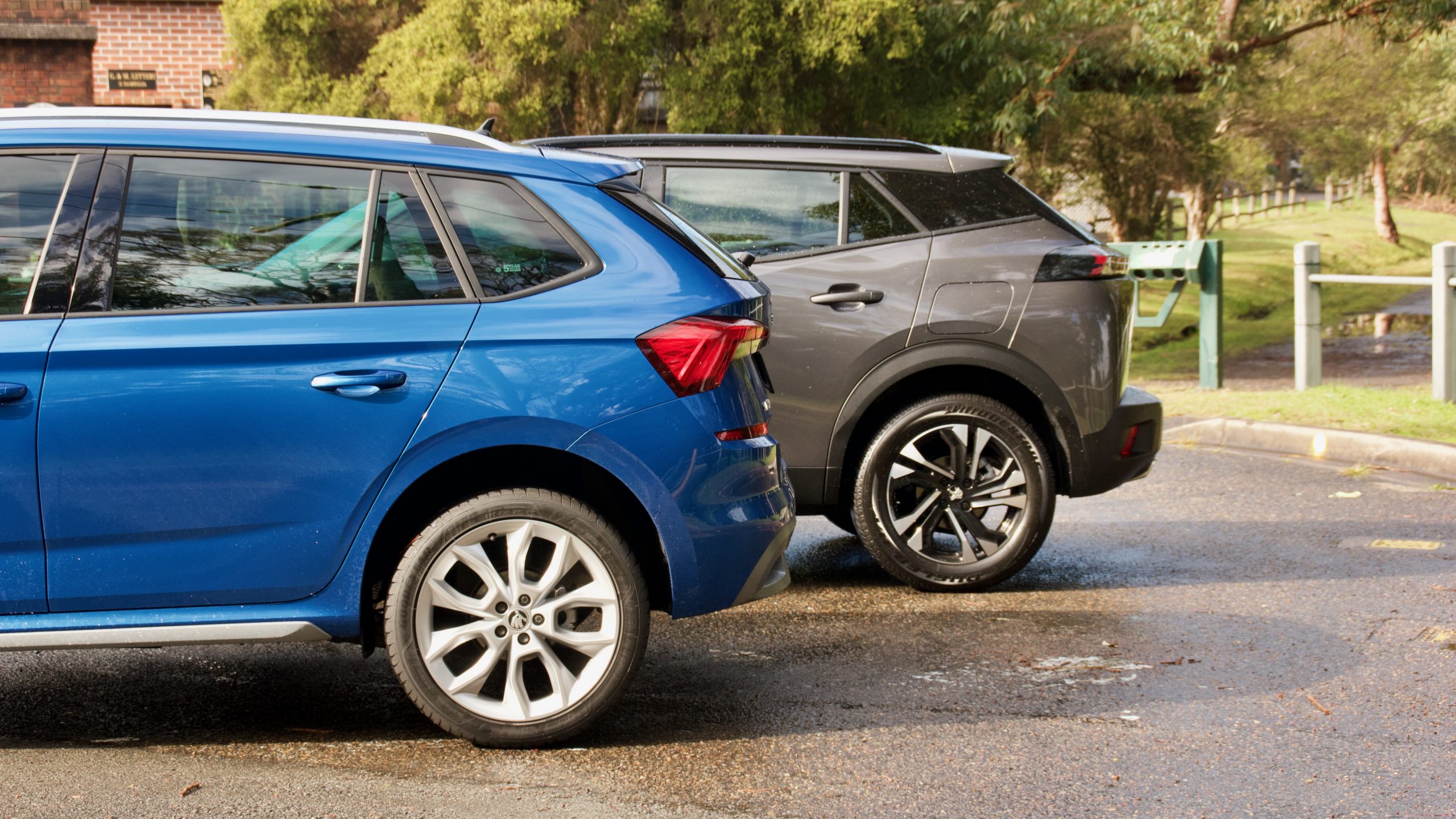
But which is best? Ultimately, it’s the Skoda Kamiq that wins this comparison – although not by much, we have to admit. Both cars offer classy and practical cabins, punchy three-cylinder engines, good driving experiences and a lot of maturity as well. So why choose a Kamiq over a 2008? Well as we discussed in our 3008 review, Peugeot’s local pricing is ambitious and the Kamiq makes the 2008 seem like poor value for money. Why? The Kamiq is $8,000 less expensive but with a lot more standard equipment. In addition to that, as a car excluding the pricing, the 2008 is not a better product than the Kamiq overall, so why is it priced so much higher? As we’ve said before, the Skoda Kamiq is definitely one of the best choices in the small SUV market and with another comparison win under its belt, it’s easy to see why.
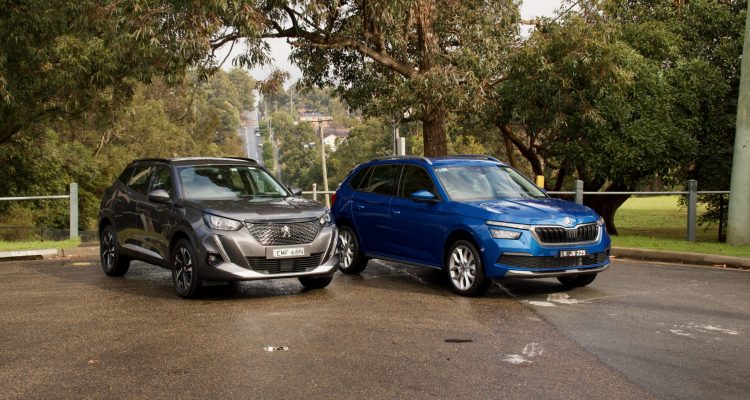
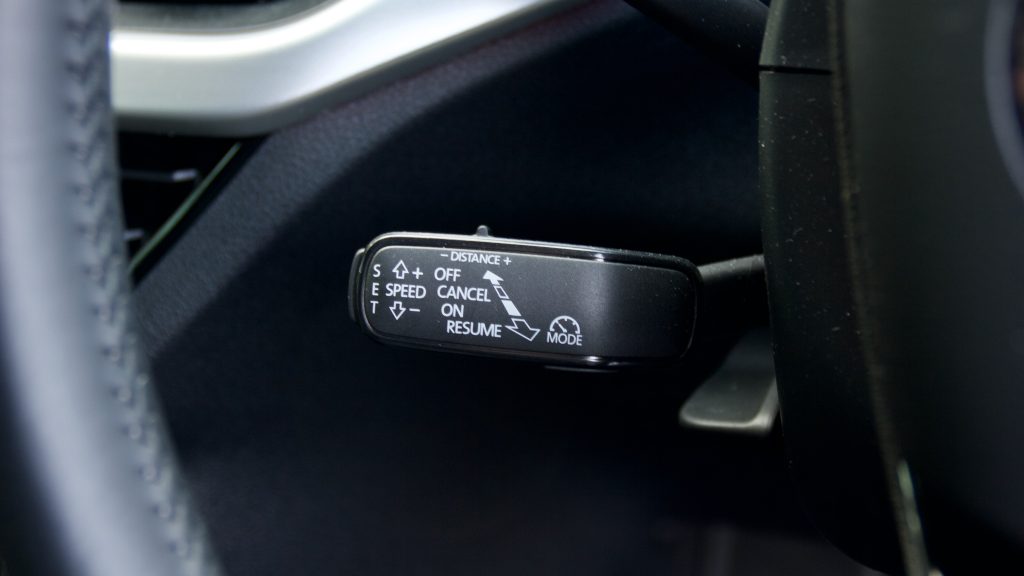
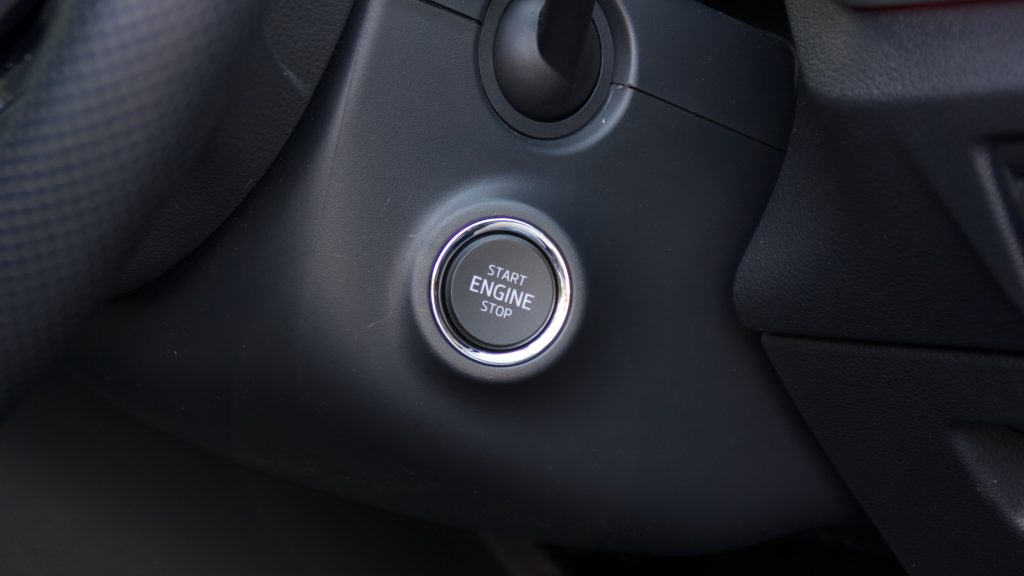
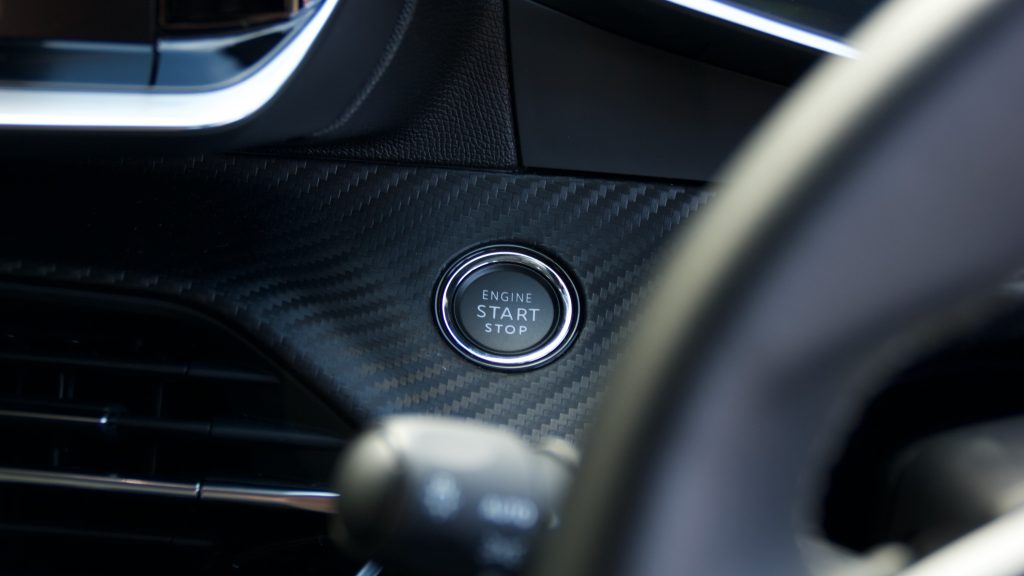
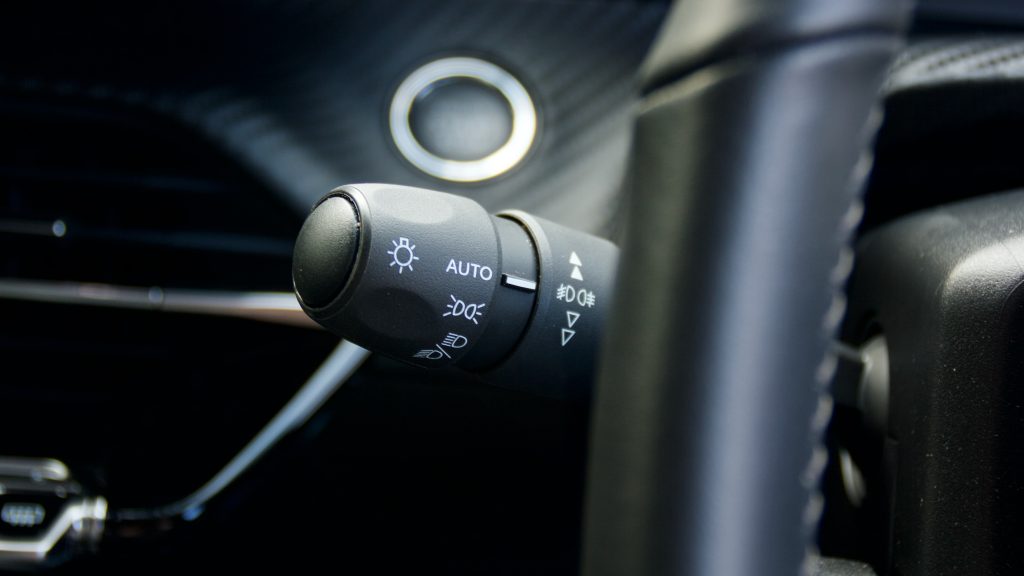
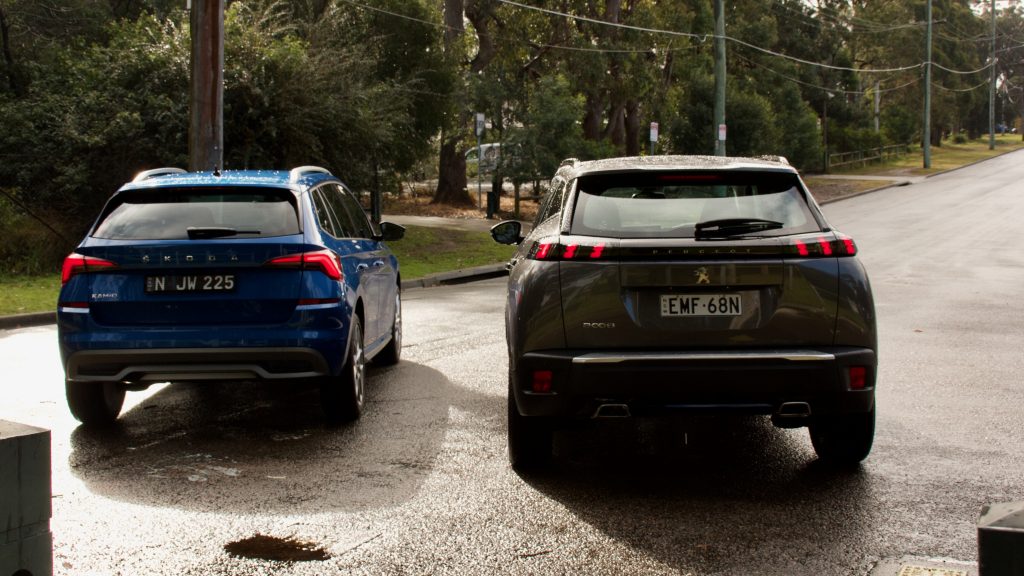
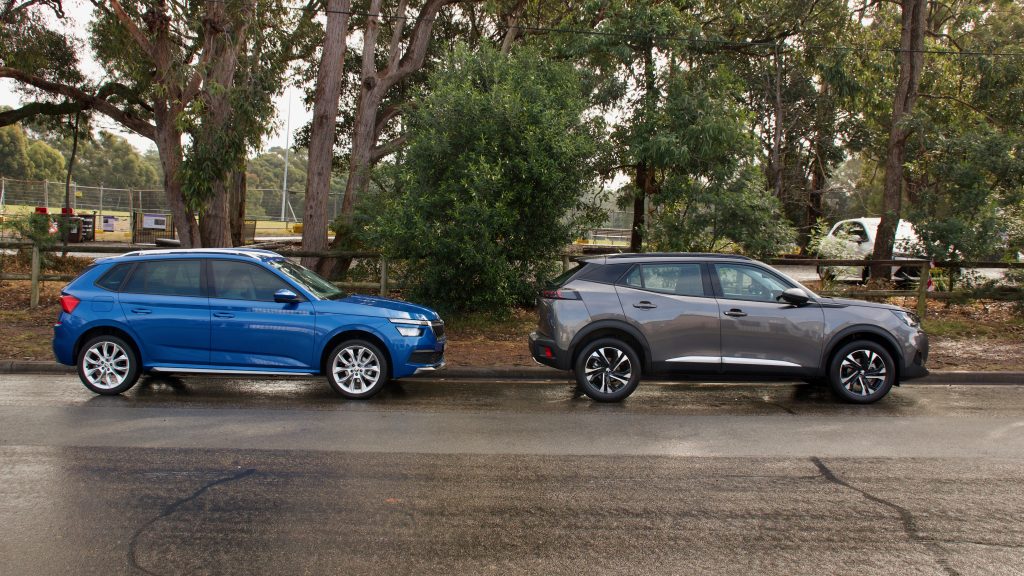
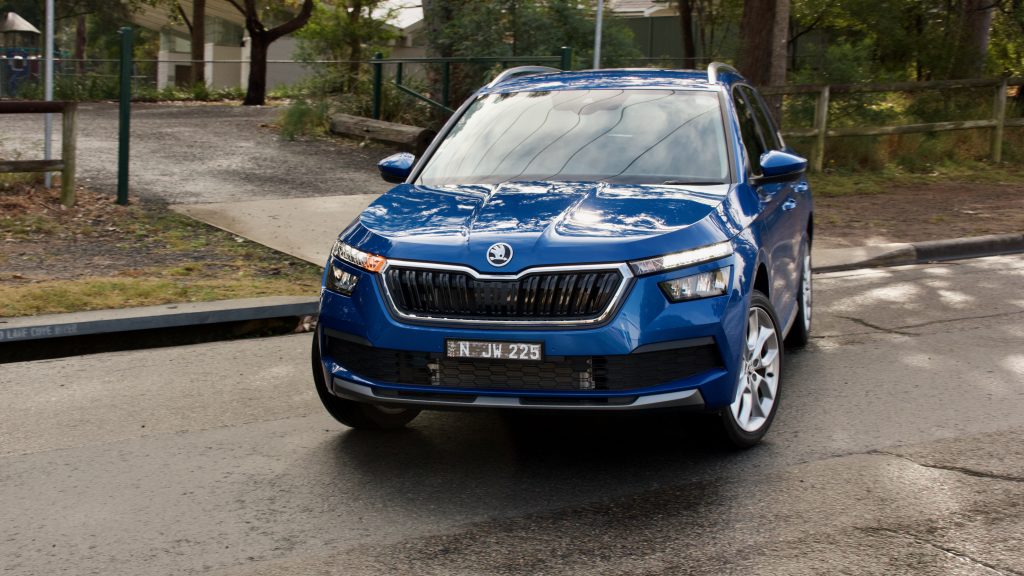
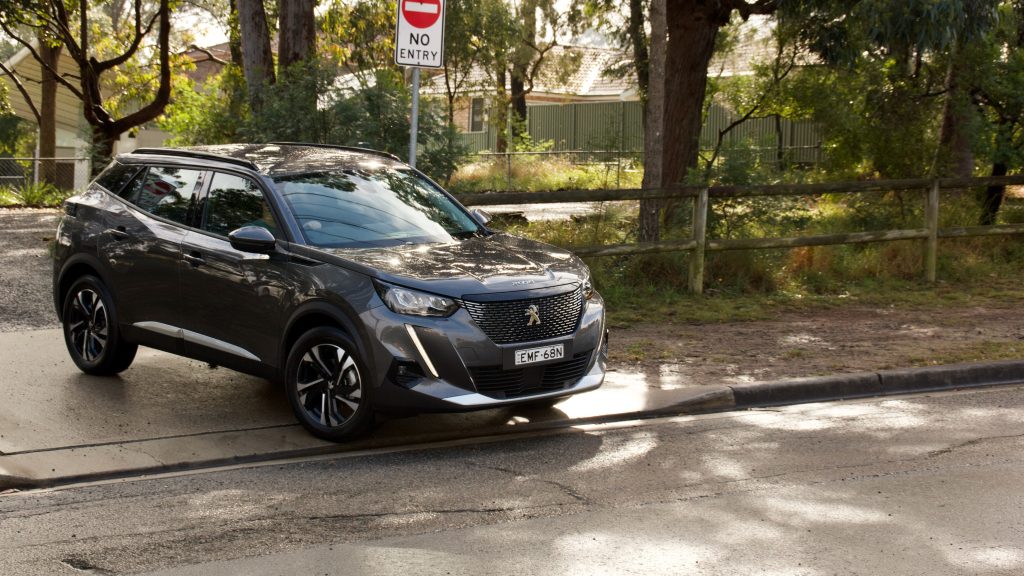
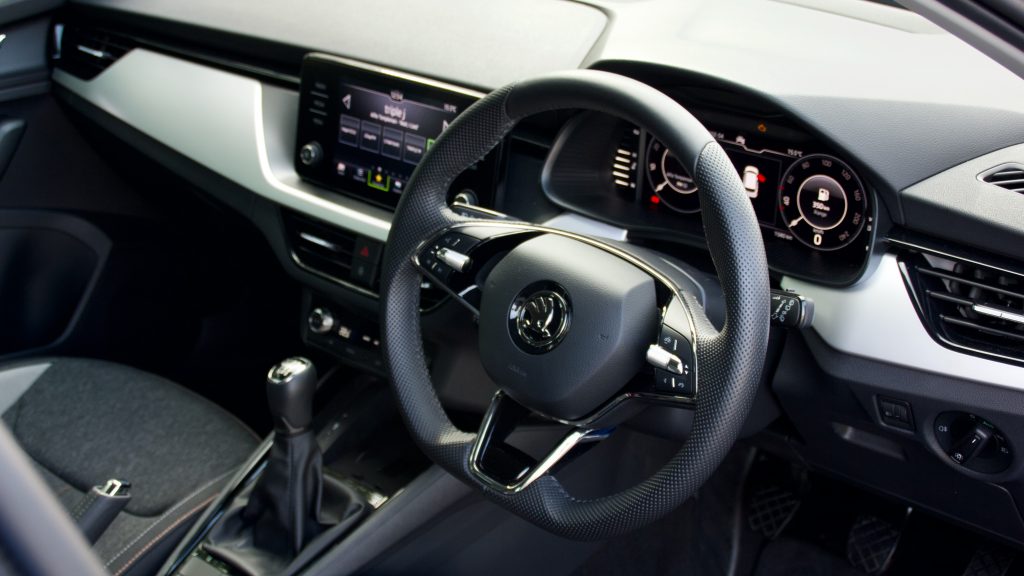
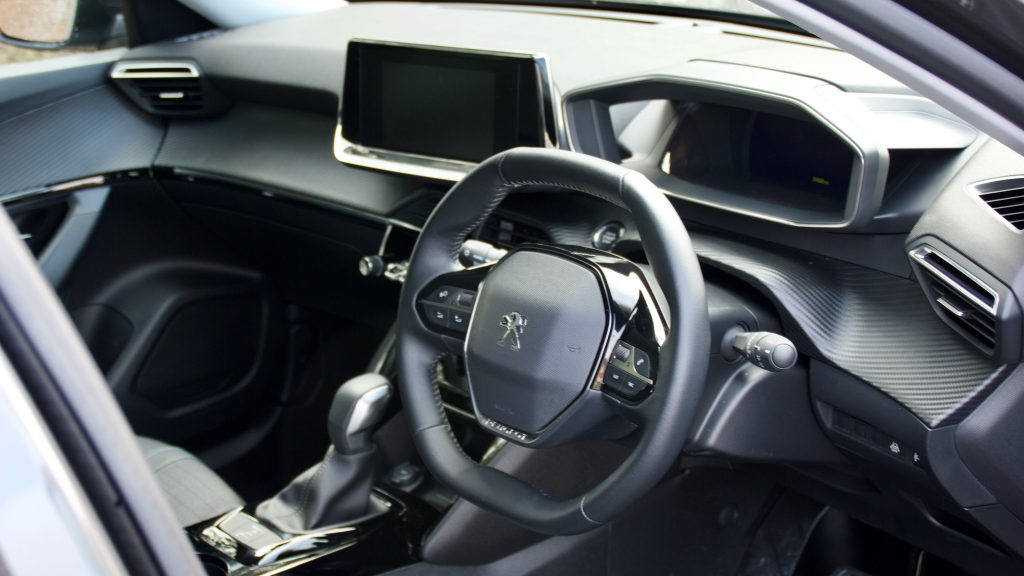
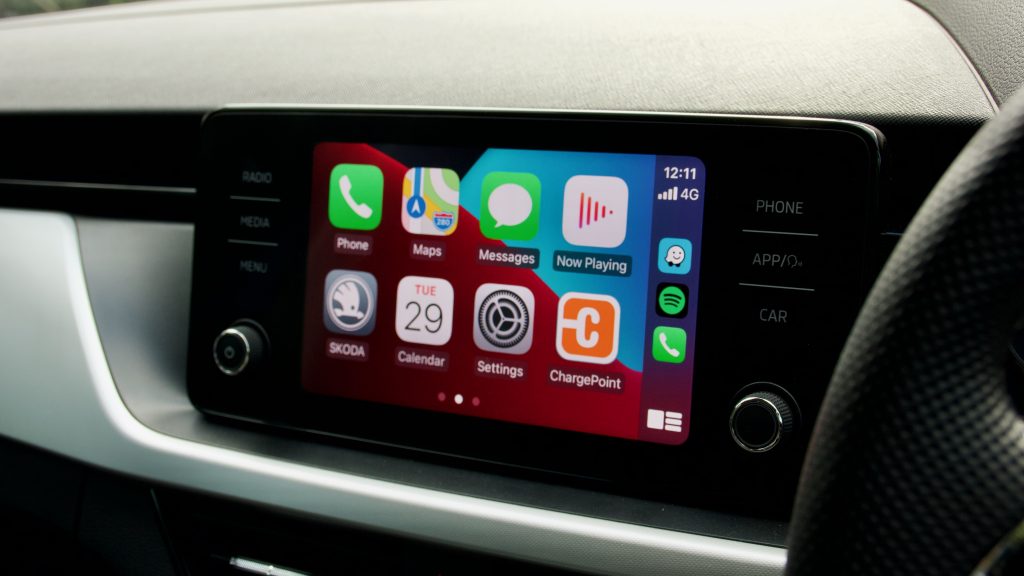
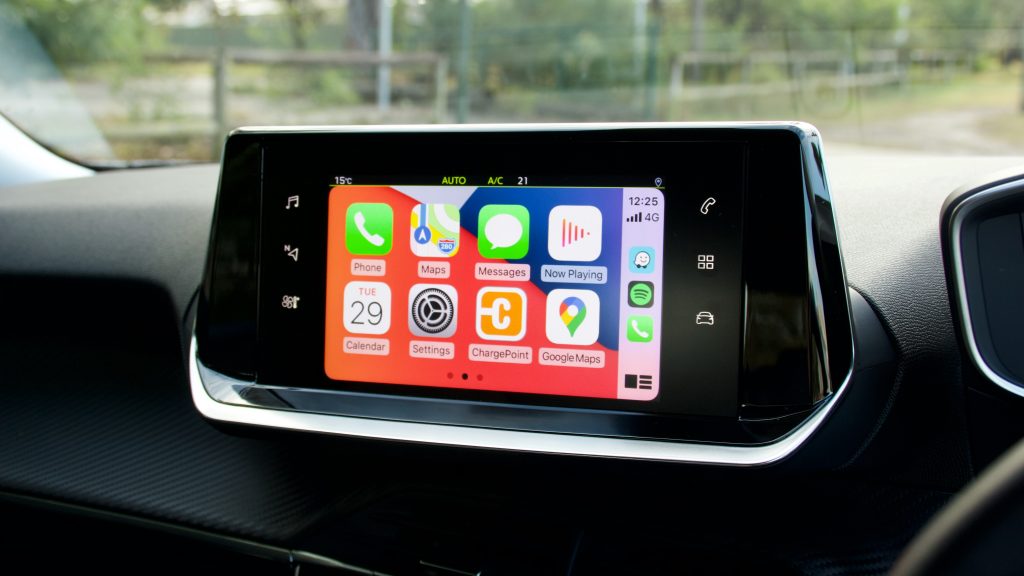
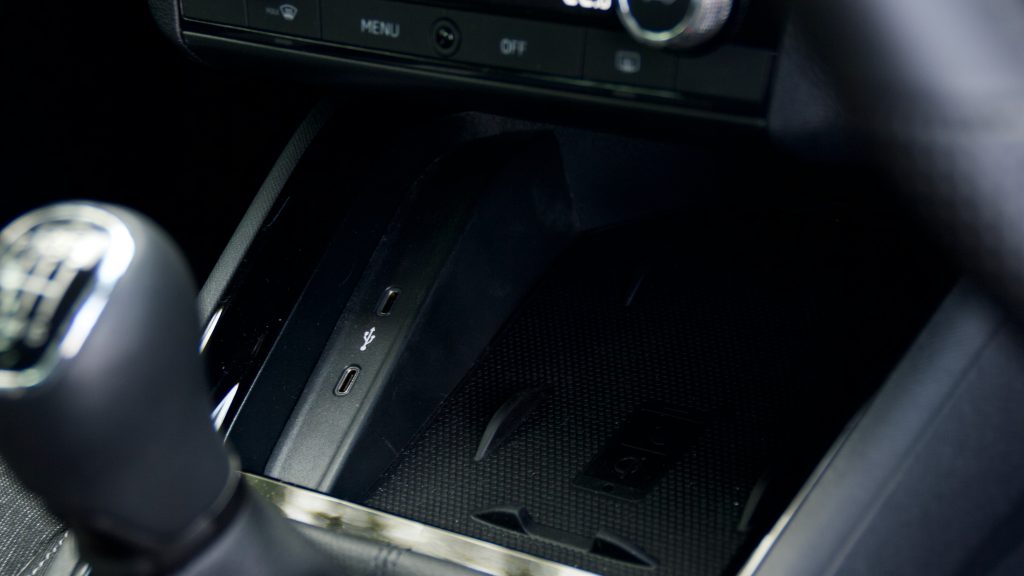
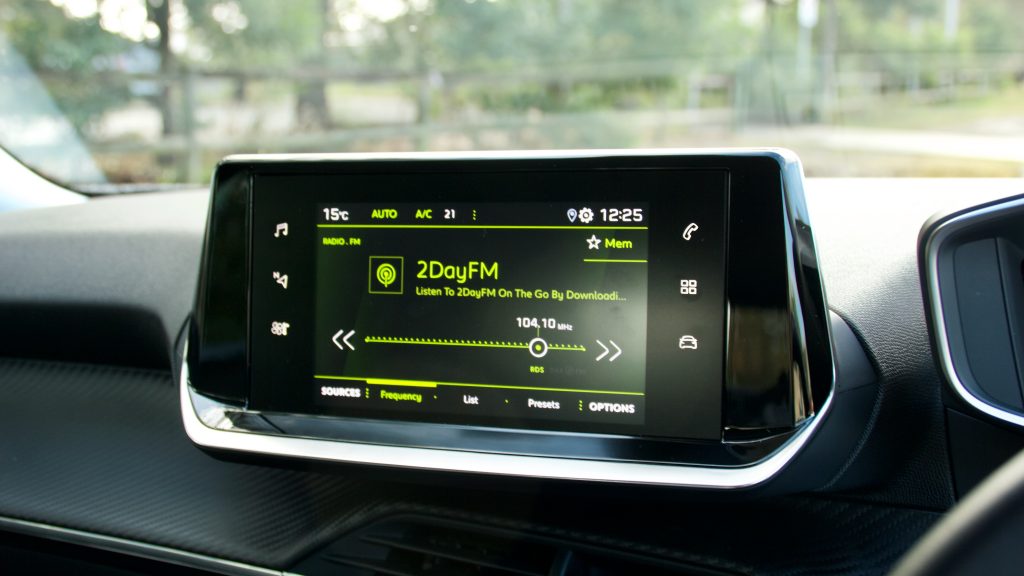
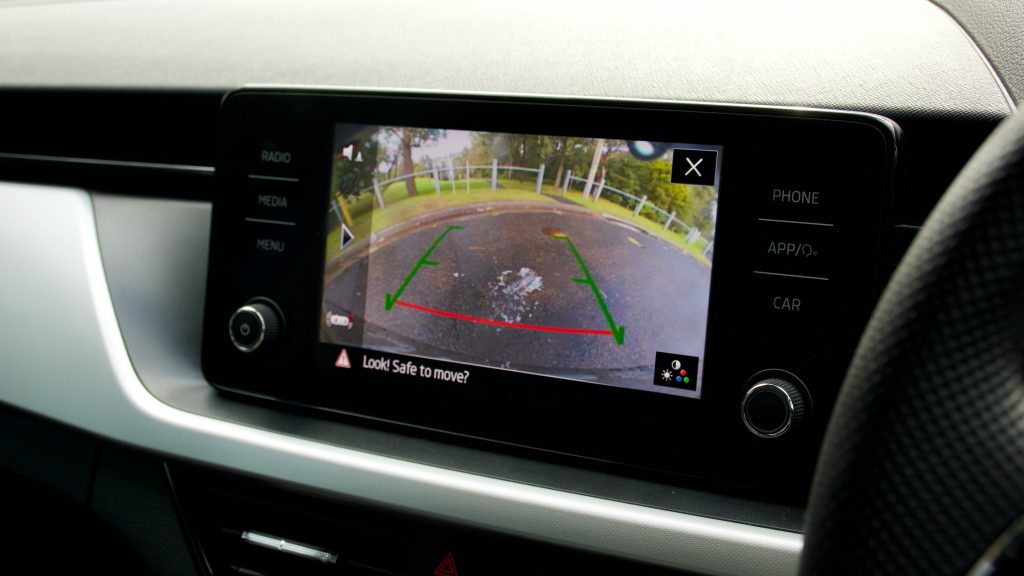
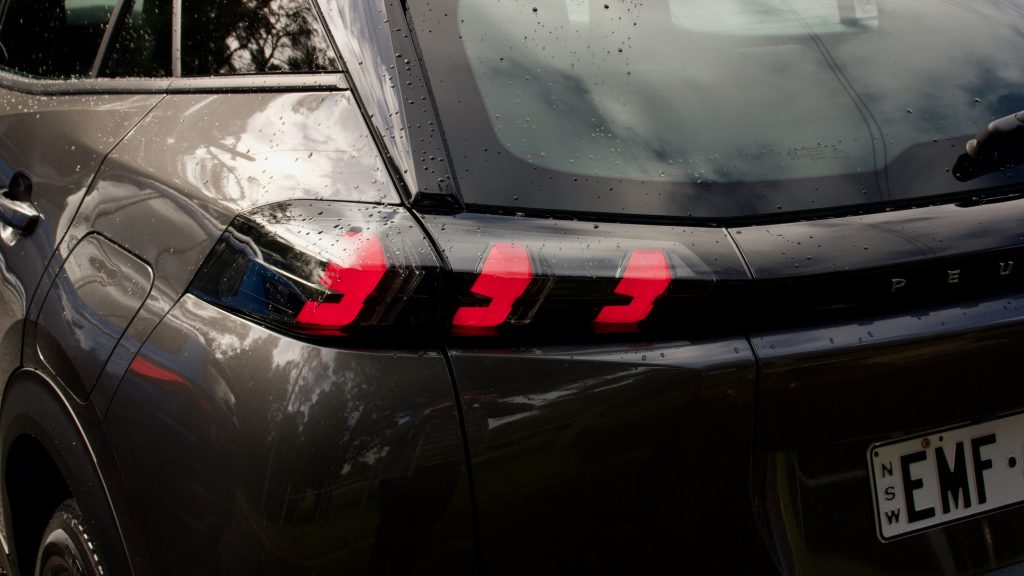
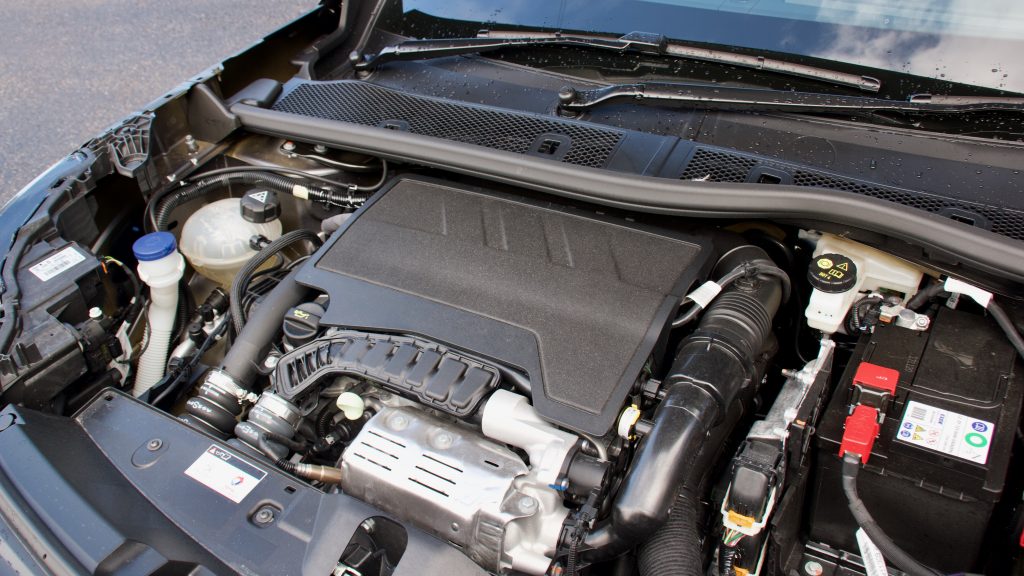
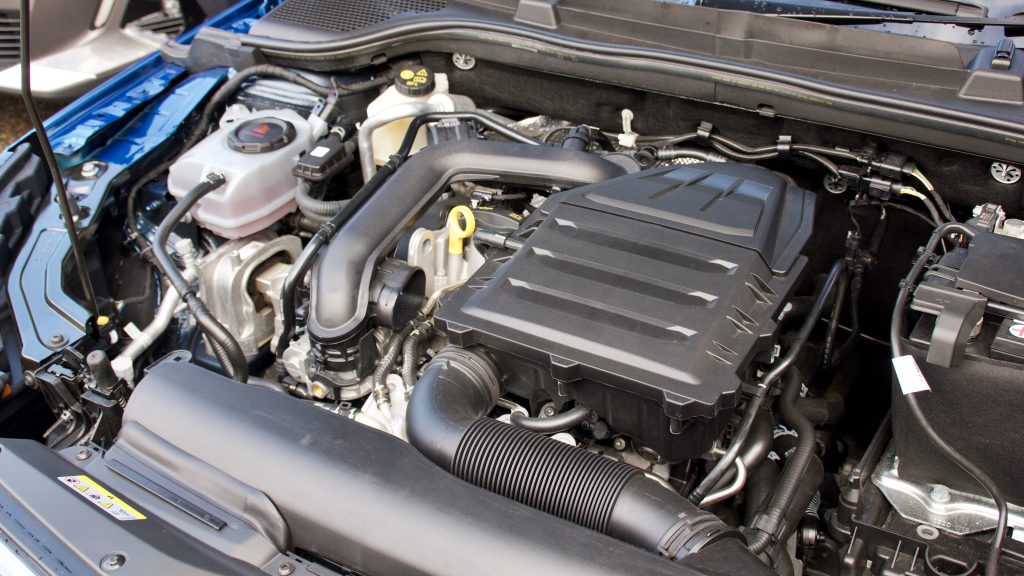
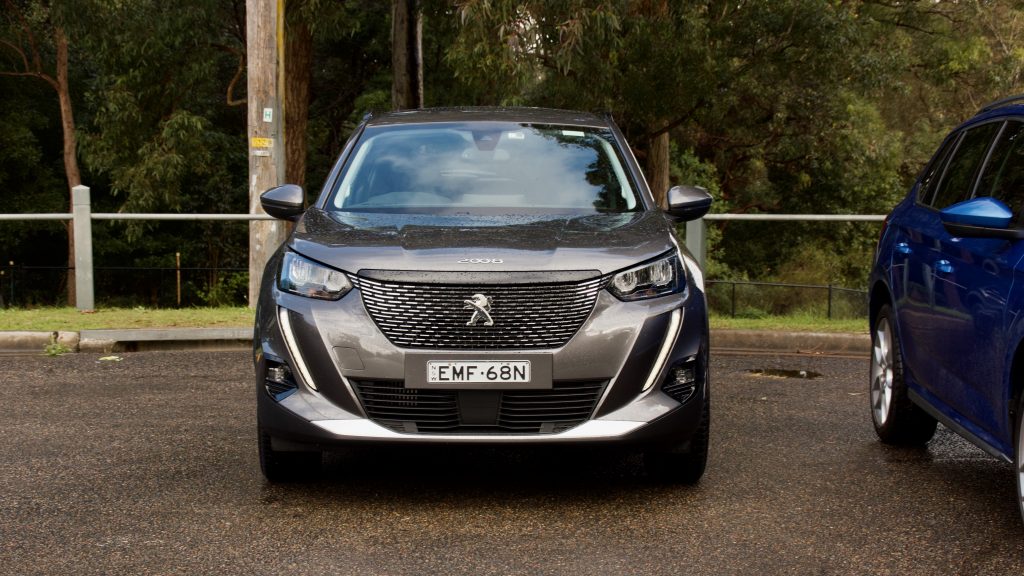
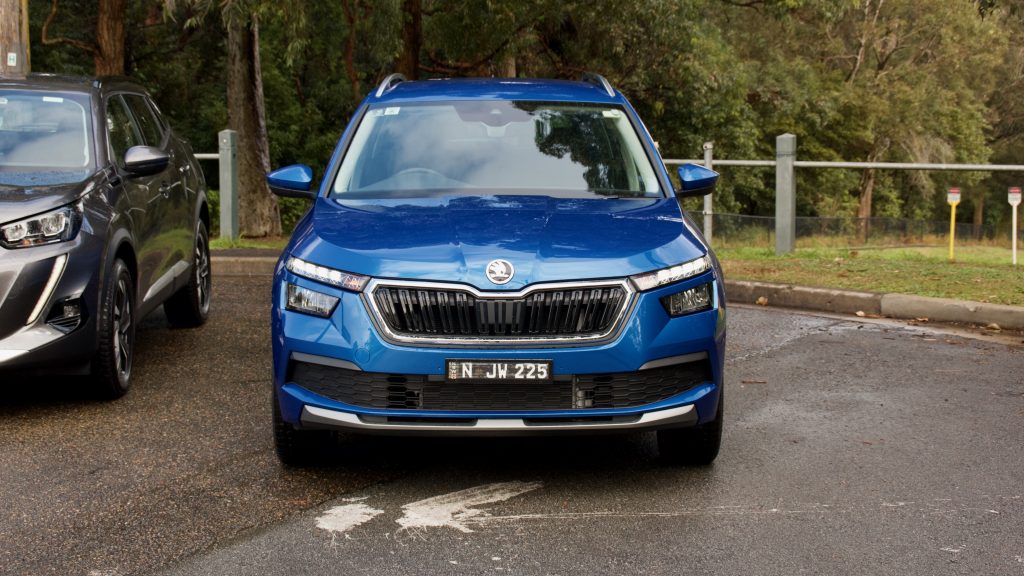
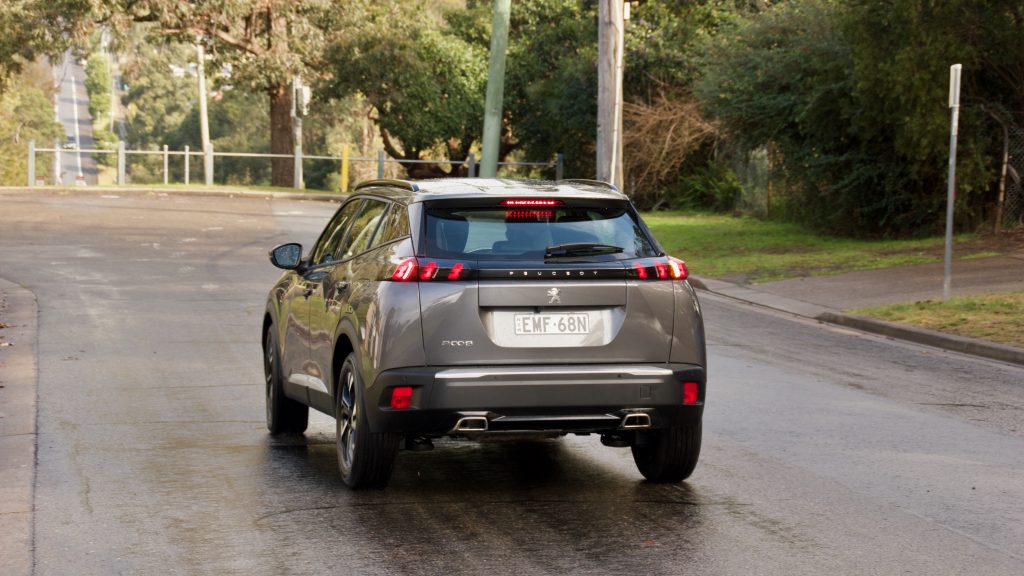
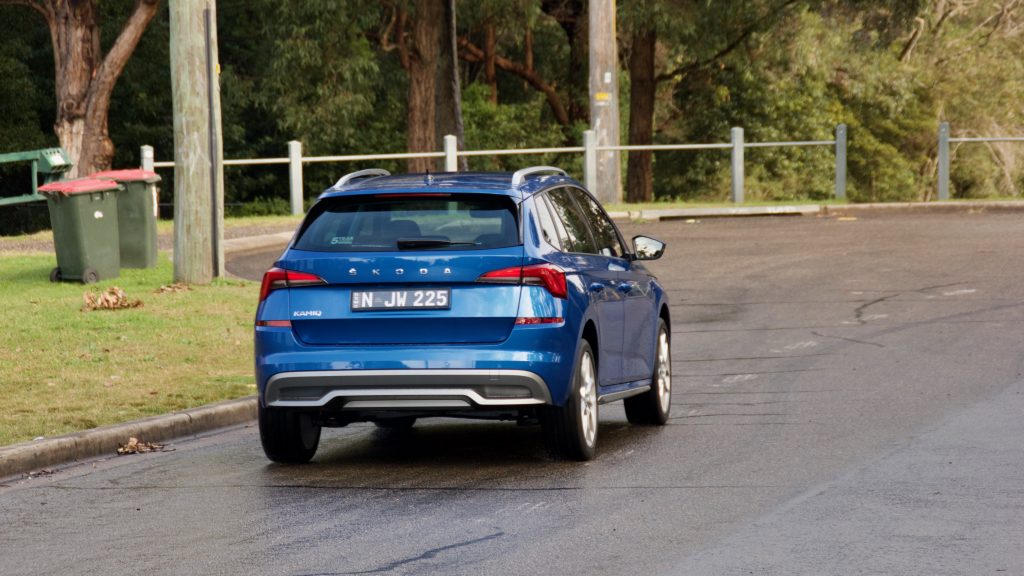
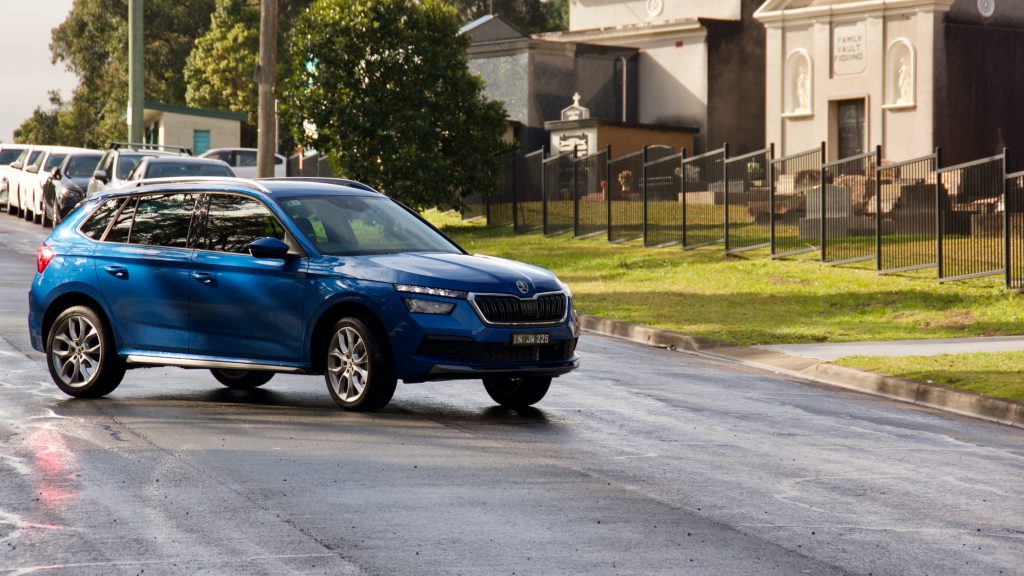
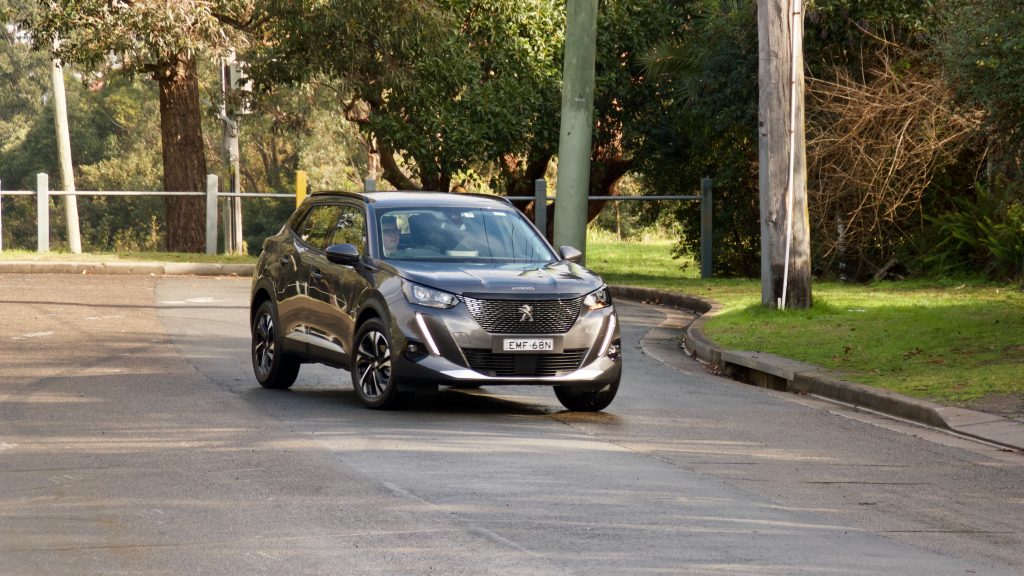
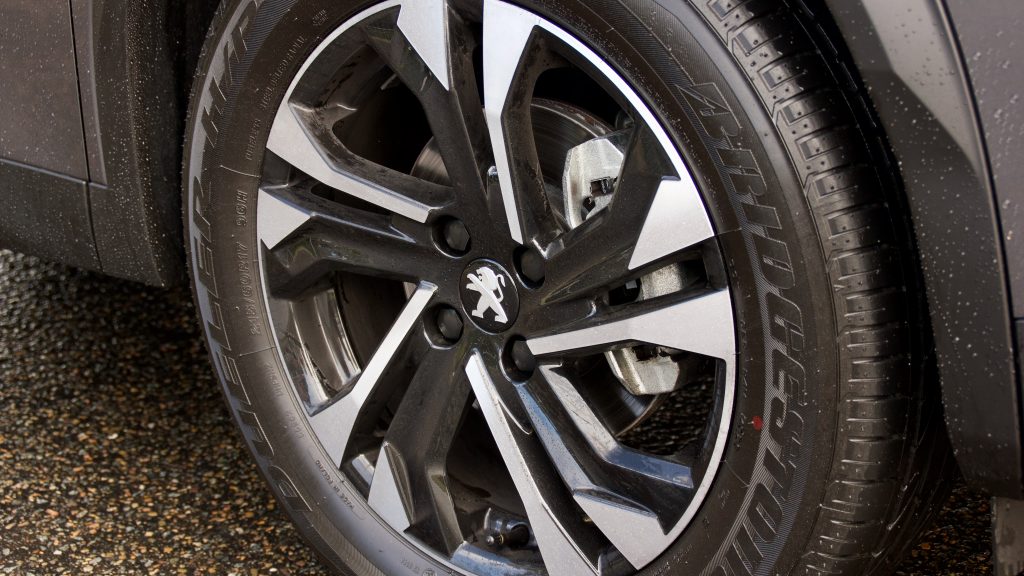
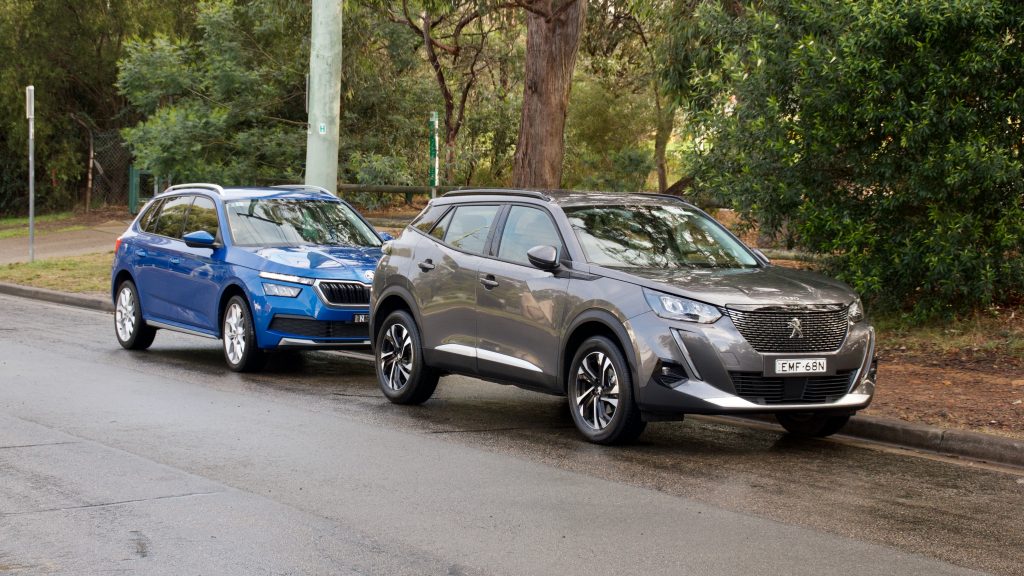
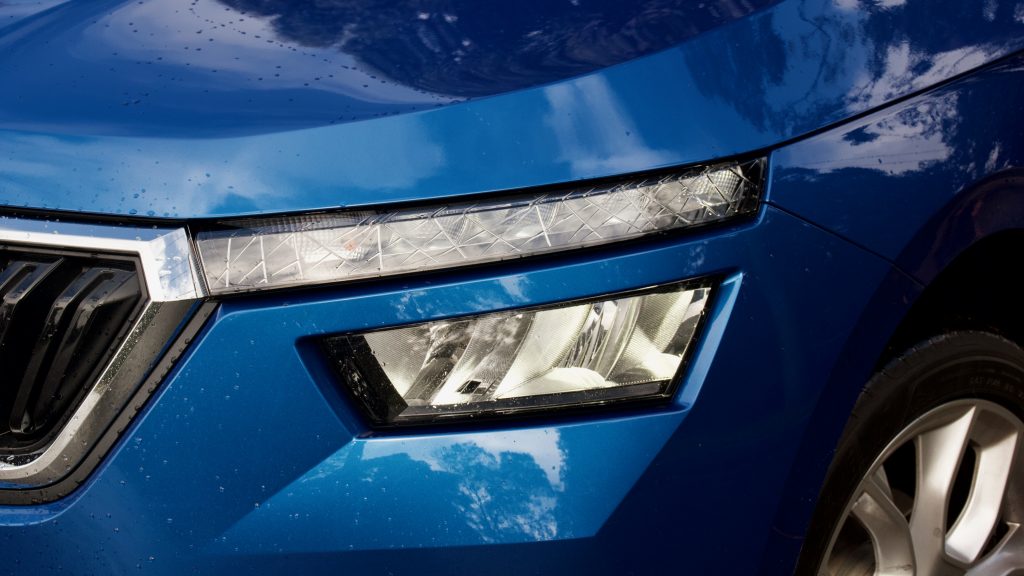
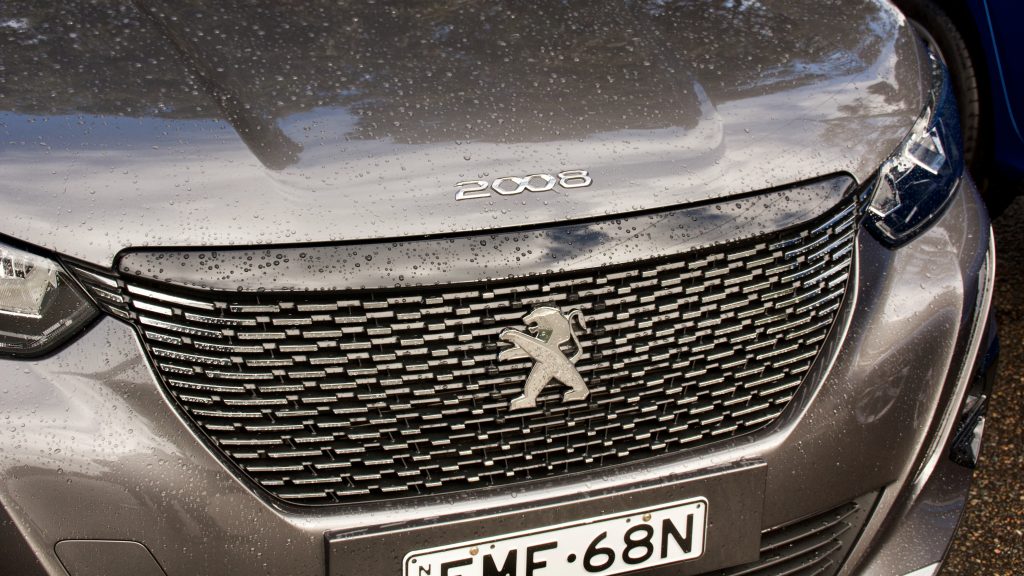
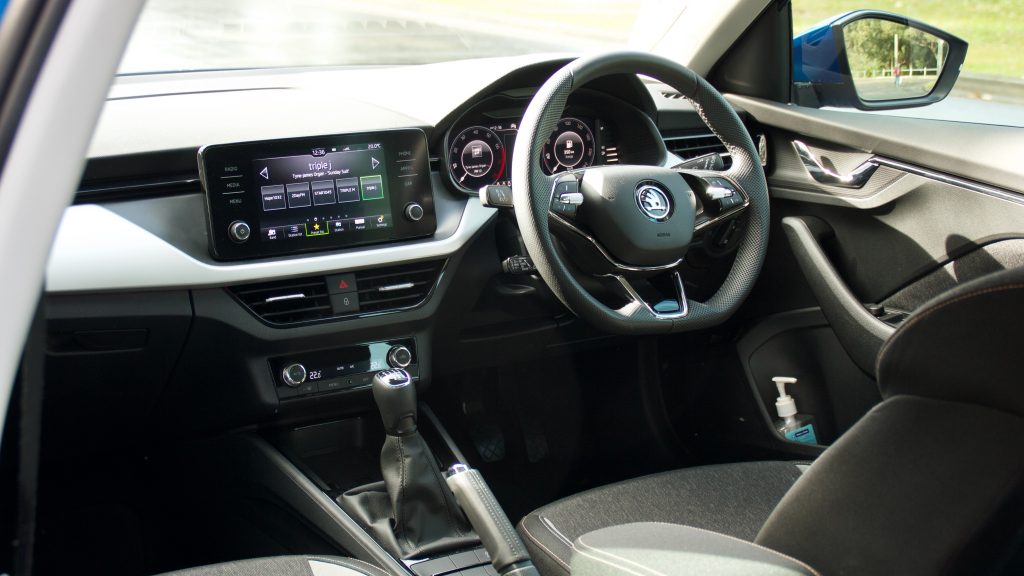
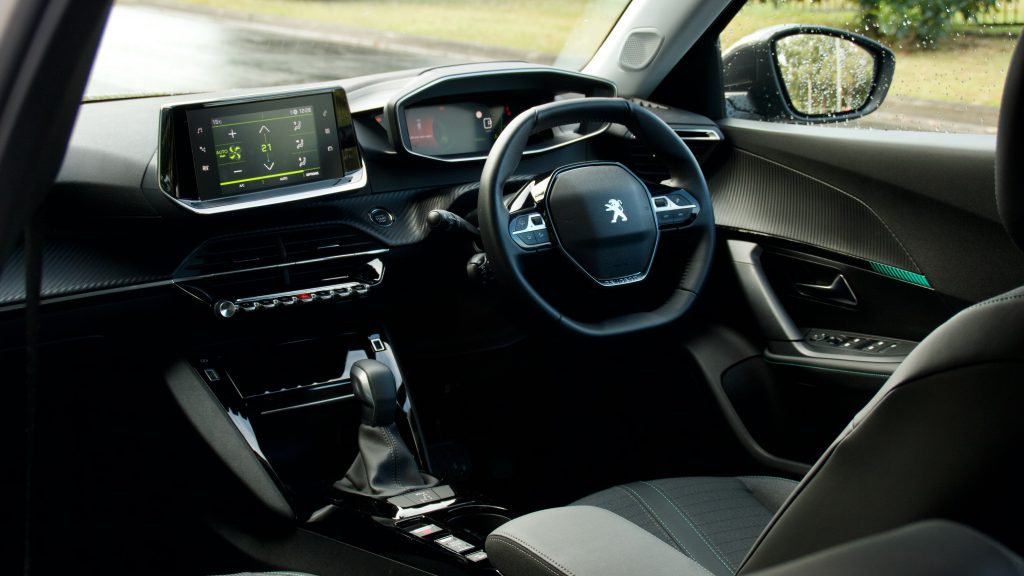
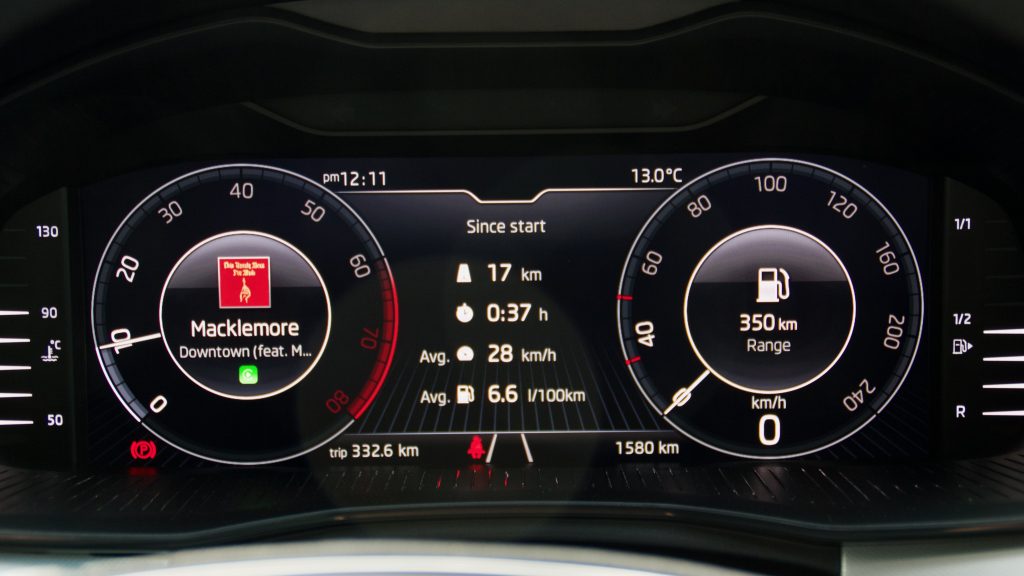
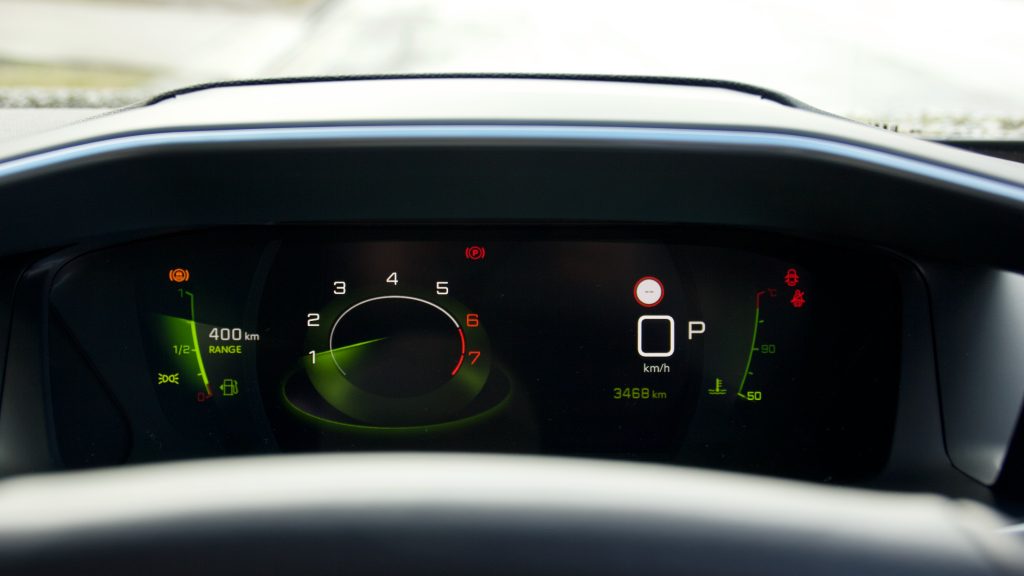
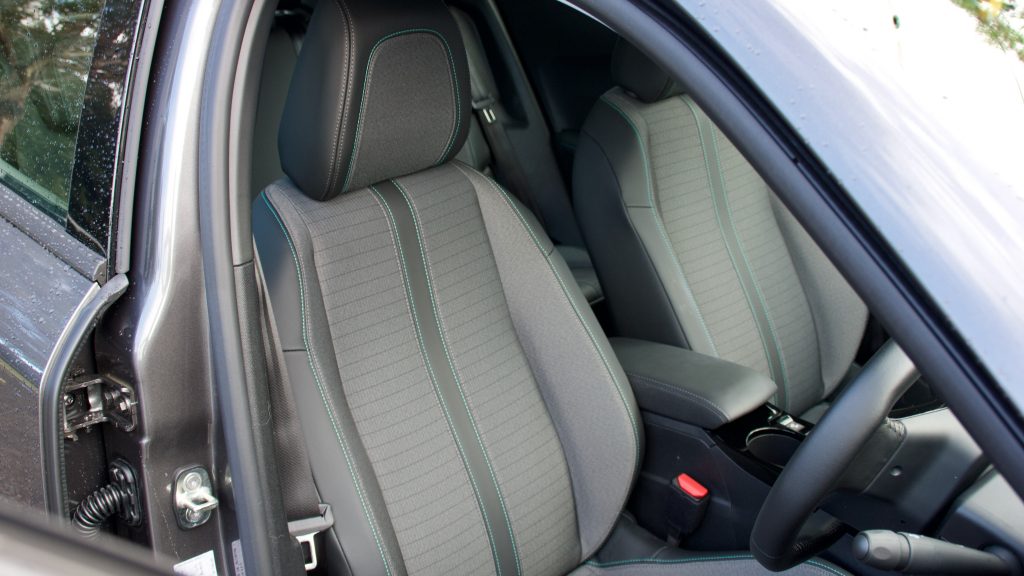
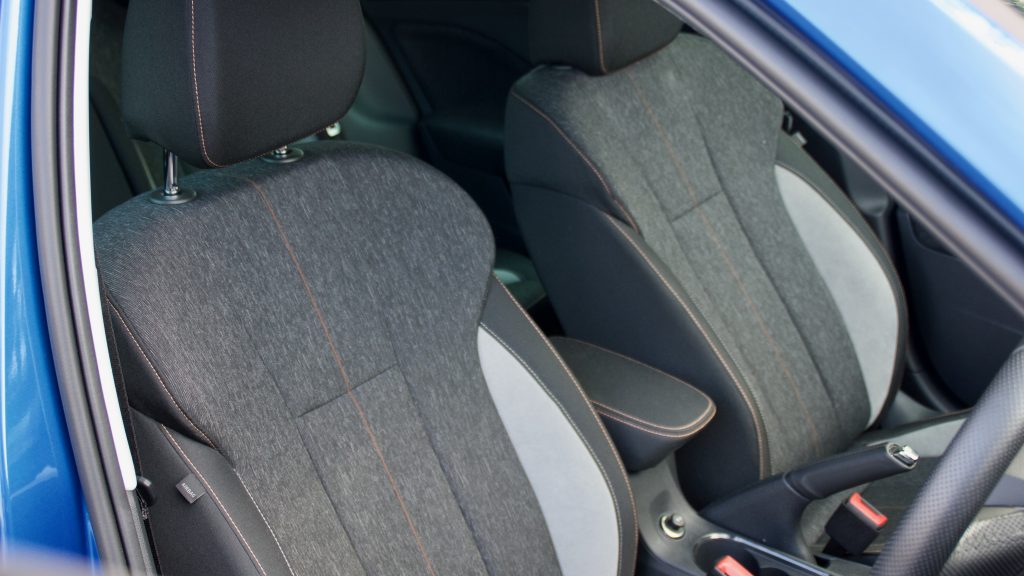
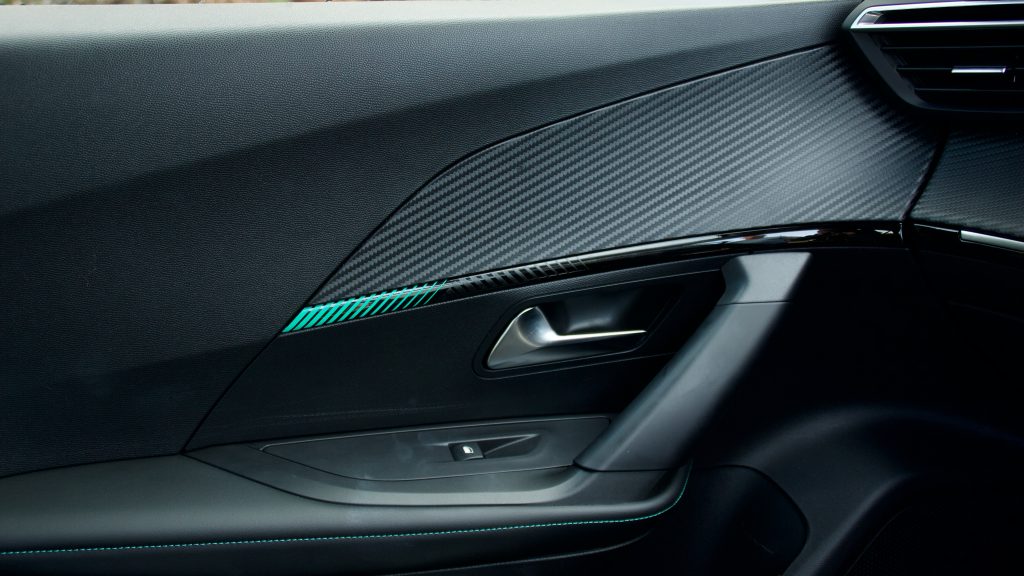
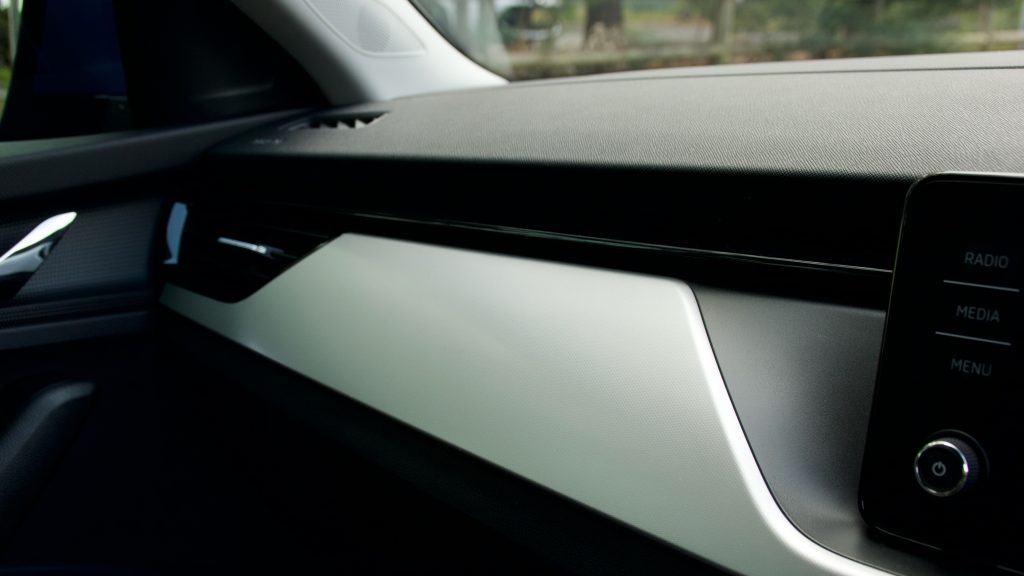
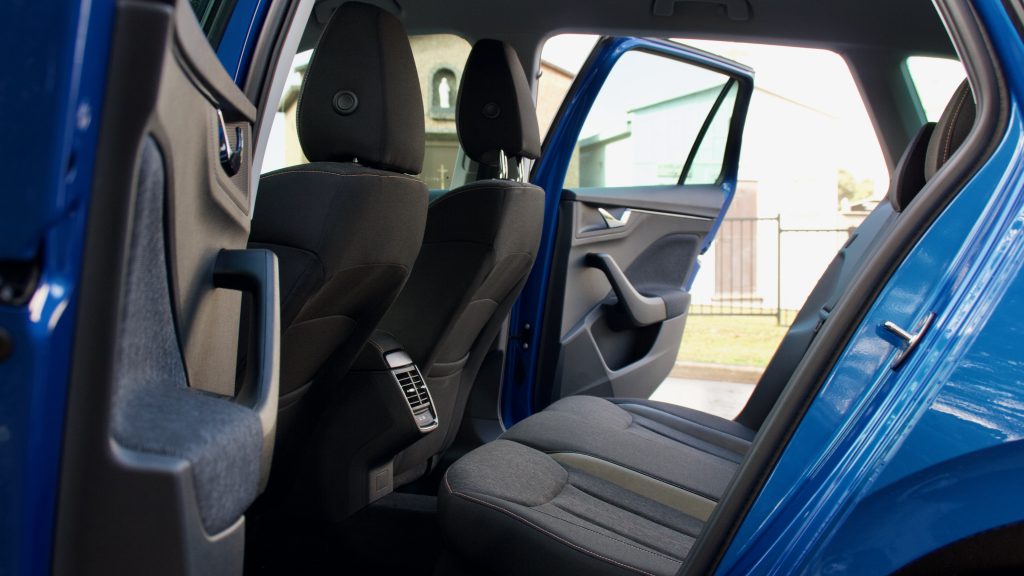
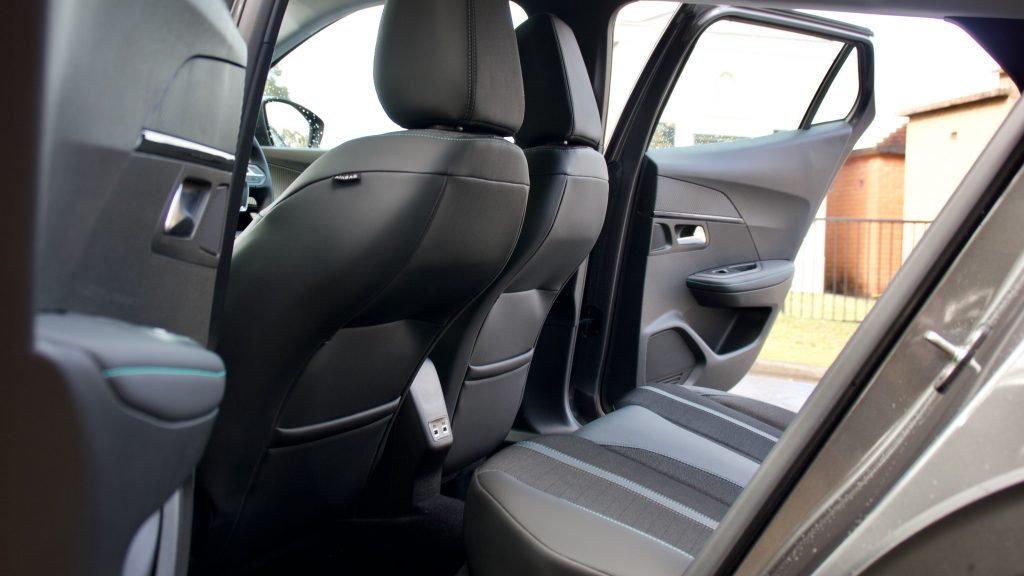
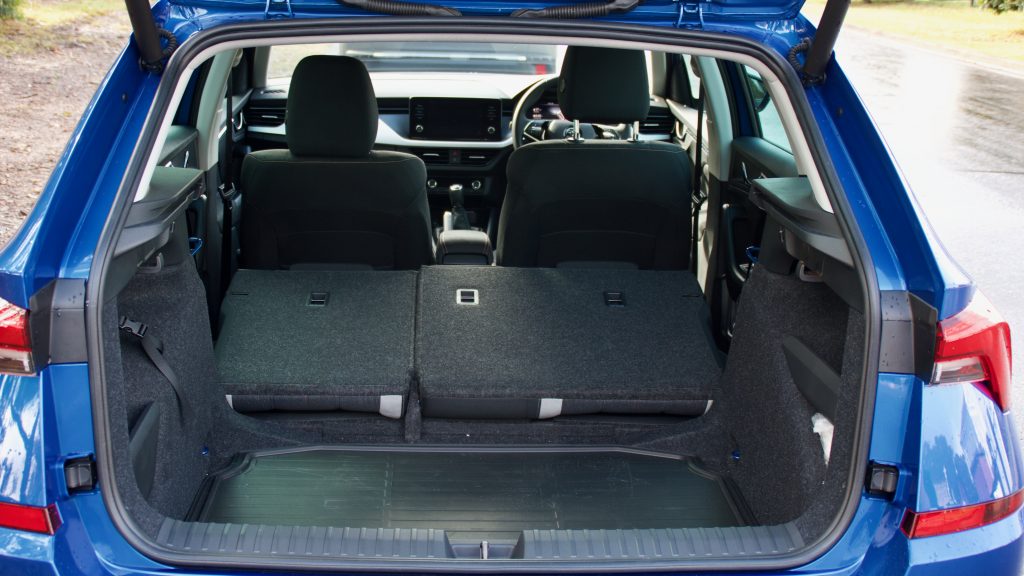
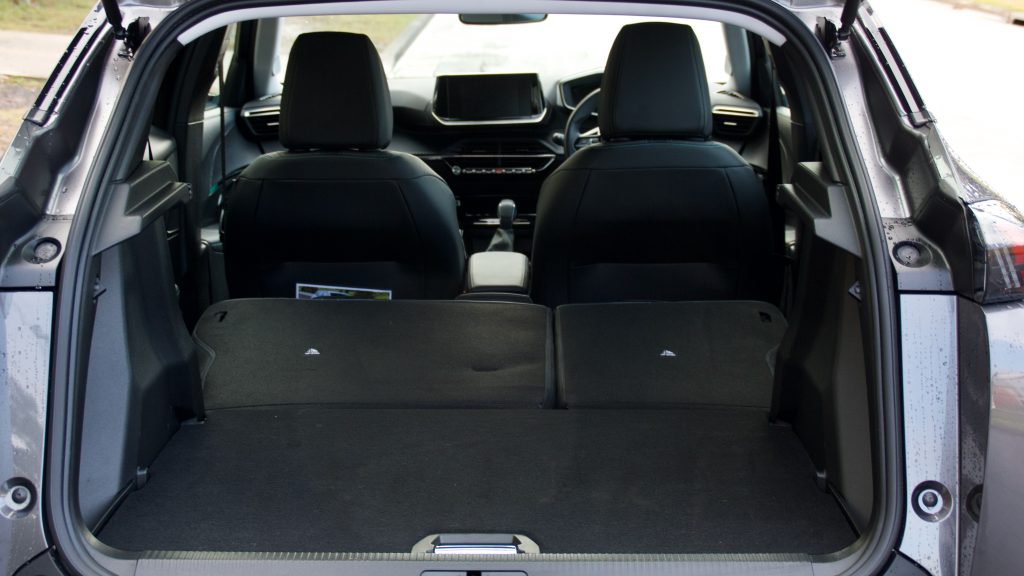
Leave a Reply